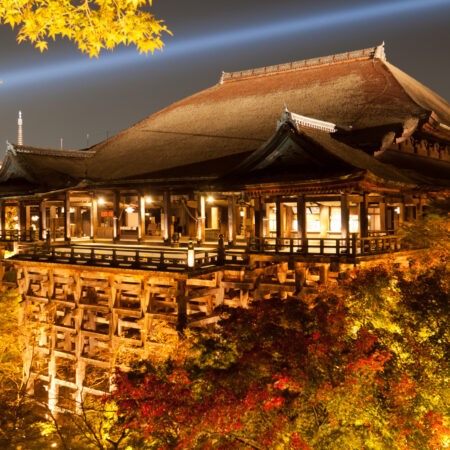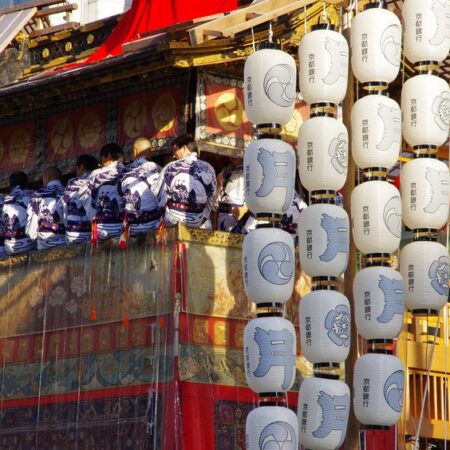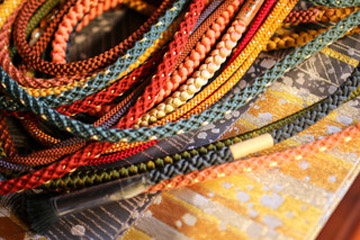It is believed that the origin of the festivals in Japan can be traced back to the ancient myth of Iwatogakure. Iwatogakure means that the goddess of the sun, Amaterasu Ookami, hid herself in the cave of heaven, causing the light to disappear from all over the country. It is a story about a big feast of dancing and singing in front of it.
The origin of the festivals
The purpose of the festivals
The purpose of the festival is to avoid natural disasters, illness, evil spirits, etc. The etymology of the word "matsuri" is "to enshrine". It is to comfort God, pray to God, and give thanks to God. In Japan, there are still many festivals that have continued uninterrupted since ancient times. Festivals have been closely related to customs and traditions, so the older they are, the more they come from traditions, such as when, in what form, and who started them. There are certainly festivals that have a history of more than 1000 years. It is said that there are more than 1,100 festivals in Japan today.
Festivals for the people
Originally, festivals were rooted in the lives of local communities and existed for the people living in the area, but nowadays they are visited by people outside the area as well, making them an object of tourism. As with temples and shrines, festivals centered on communities that match the climate including historical heritage, people's lives, and various events, will be a wonderful experience no matter what country you visit from.
Festivals is like a play
A festival is like a play, consisting of a stage, performers, and spectators. I believe that the time spent by the locals interacting with tourists (especially visitors from overseas) and sharing the same festival in the same place will be an unforgettable memory. Feel the charm that can only be experienced at a festival in the unique atmosphere of the festival. Festivals are held on specific days and are over in an instant, but some festivals are held all year round throughout Japan and the Kansai region. There are festivals that are not easily seen even if you want to see them such as "Shikinen Sengu" (Izumo Taisha every 60 years, Ise Jingu every 20 years) and Suwa Taisha's "Onbashira Festival" (every 6 years, next 2016) .
Dashi and Mikoshi
floats and carrying portable shrines. The obvious difference between floats and mikoshi(portable shrines) is that floats are pulled by people while mikoshi are carried on shoulders. People can ride on the floats, but not on the mikoshi. This is because the Mikoshi is said to be the vehicle of the gods. The rhythmic shouts of the people who carry the mikoshi and the musical accompaniment that is played on top of the floats are one of the real pleasures of the festival.
Festivals in Kansai area
Three major festivals in Kyoto: Aoi Matsuri (May), Gion Matsuri (July), Jidai Matsuri (October), Awa Odori (August, Tokushima), Osaka Tenjin Festival (August), Osaka Kishiwada Danjiri Festival (September),
Shiga Otsu Festival (October), Nara Todaiji Shuni-e (March)
There are much more other festivals in kansai area.
Let's experience the festivals in Kansai together.






